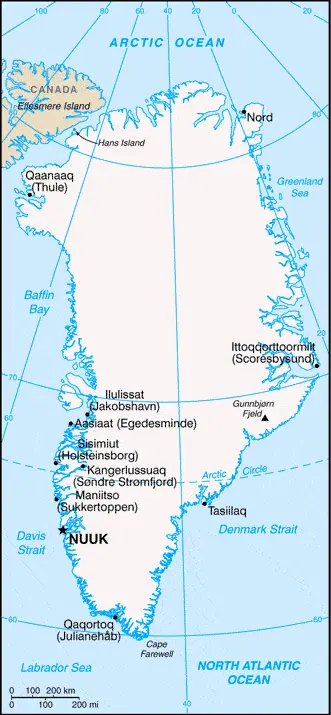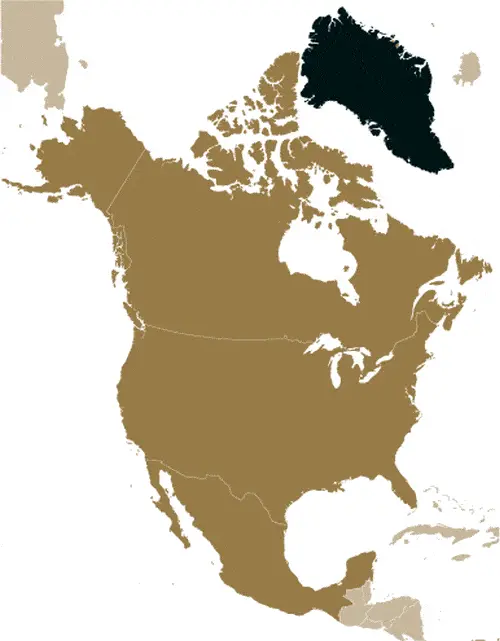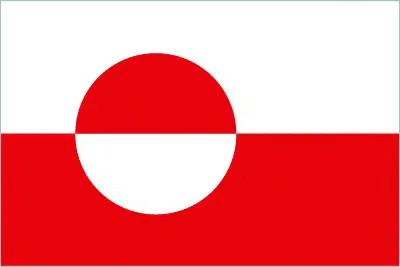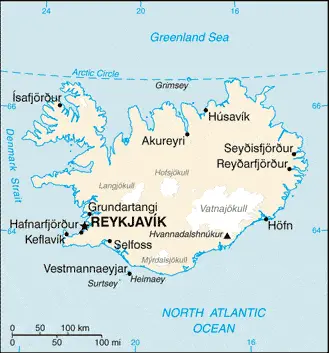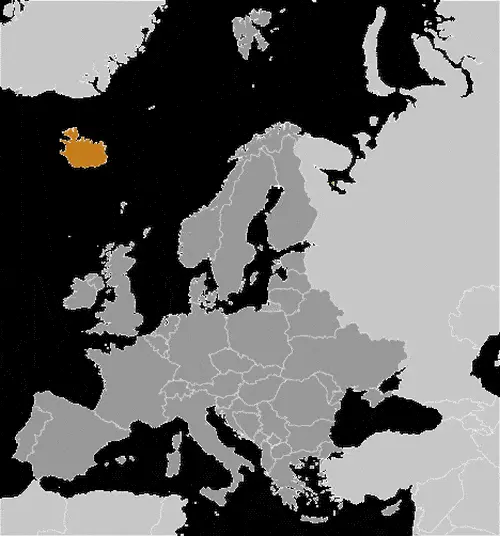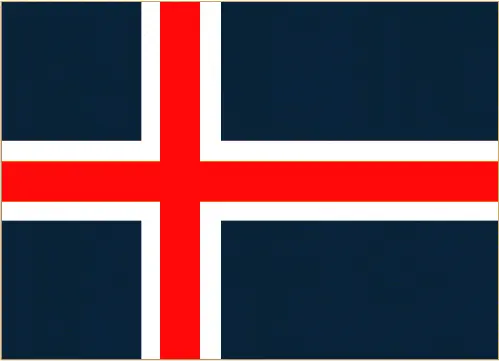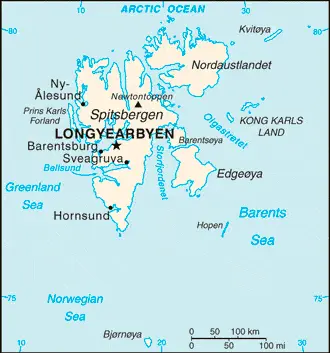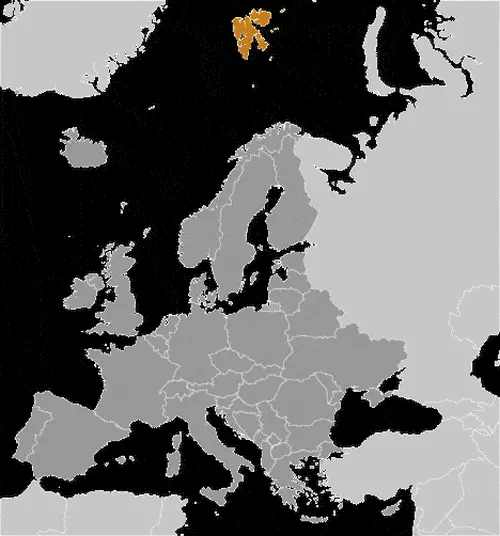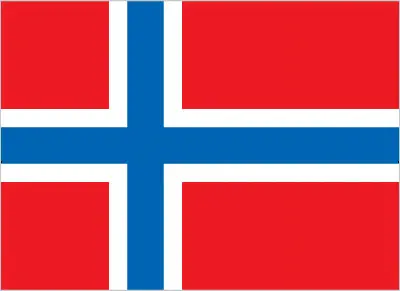This remote island, located 1,639 km from Antarctica, is a volcanic and uninhabited landmass almost entirely enveloped in glaciers. Due to this unique geographical characteristic, approaching the island can prove to be quite challenging. Named after a French naval officer discovered it in 1739, Bouvet Island was initially left unclaimed until 1825, when the British raised their flag. While a few expeditions occurred during the late 19th century, it wasn’t until 1929 that Norway occupied the island and claimed it as its own, later designating it as a nature reserve in 1971. To gather research on the island’s foraging strategies and animal distribution, Norway set up an automated meteorological station in 1977. Unfortunately, this station was destroyed in a winter storm caused by an earthquake in early 2006. However, Norway persevered and constructed a new research station in 2014, accommodating six individuals for two to four months at a time.
Antarctica Google Maps
Background Antarctica, the southernmost continent, was largely speculative until the early 1820s when explorations began confirming its existence. Initially explored by commercial operators and national expeditions from Britain, America, and Russia, it was not until 1840 that Antarctica was recognized as a continent. Post-World War II, the continent saw a surge in scientific research, with …

